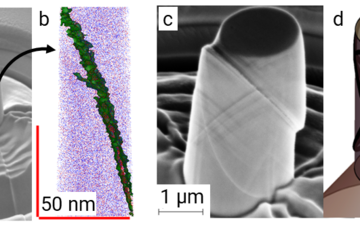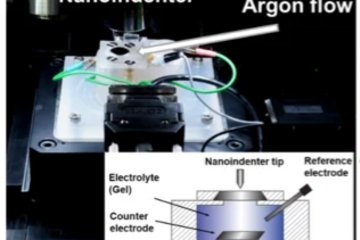All genres
1.
Thesis - PhD
Klärung polymerer Anbindungsmechanismen und Untersuchungen Stahloberflächen. Dissertation, Ruhr-Universität Bochum, Fakultät für Maschinenbau (2022)
2.
Thesis - PhD
Fundamental investigation of the cathodic delamination behaviour of model polymer coating on novel chromium-based coatings electrodeposited from a trivalent chromium-formate electrolyte. Dissertation, Ruhr-Universität Bochum, Fakultät für Maschinenbau (2022)
3.
Thesis - PhD
Advancements in the understanding of Ir-based water splitting catalysts at the near-atomic scale. Dissertation, Ruhr-Universität Bochum (2021)
4.
Thesis - PhD
Hydrogen Permeation based Potentiometry as a New Quantification Tool for Electrochemical Reactivity at Buried Interfaces and under Nanoscopic Electrolyte Layers. Dissertation, Ruhr-Universität Bochum, Bochum, Germany (2017)
5.
Thesis - PhD
Passivity and passivity breakdown on copper: In situ and operando observation of surface oxides. Dissertation, Ruhr-Universität Bochum, Fakultät Maschinenbau, Bochum, Germany (2017)











